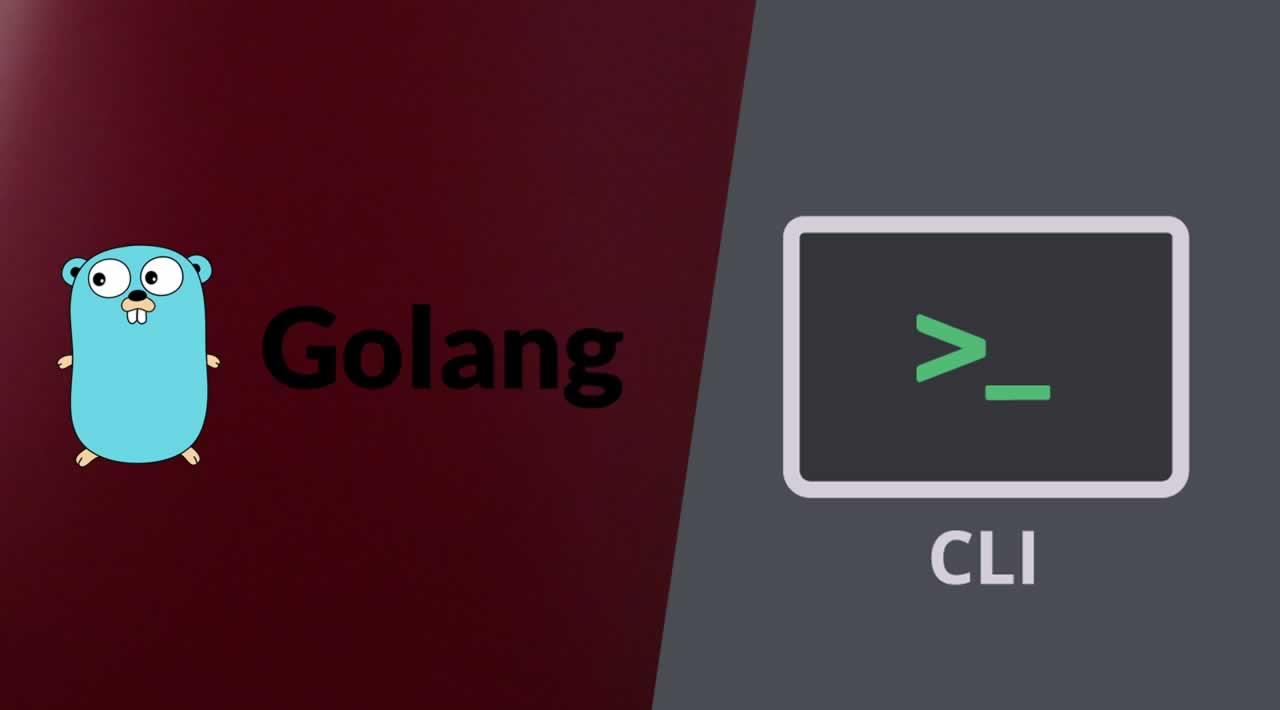Command Line Interface (CLI) applications can automate your work in many ways. They can be used to build your applications, deploy code, run processes, and do all kinds of other miscellaneous tasks. Developers often favor CLI tools because they don’t require a user interface, often have consistent behavior in different environments, and are much easier to configure and distribute. The Go community has become much bigger in the past few years and because of this, there are several CLI tools that have migrated from bash scripts to Go binaries. There is no better time to learn how to write a CLI application yourself.
In this post, we’re going over how to build a simple CLI tool in Go. You might be wondering: why should I use Go for this? These are the reasons for me: the code is expressive, it can be compiled to a binary which is easy to distribute, and it’s very fast. This post is not an in-depth tutorial on how to write Go applications, because the implementation of these scripts is up to you, the developer. That’s why I’m going to stick with a simple “Hello, World!” application and add some complexity, so you can start building CLI tools in Go for your own projects.
This post assumes you have already installed Go on your system.
The basic “Hello, World!” application
The basic “Hello, World!” application is a nice way to see some of the syntaxes in Go in action. To get started writing a simple CLI application in Go, let’s begin with the “Hello, World!”
#go #golang #development
